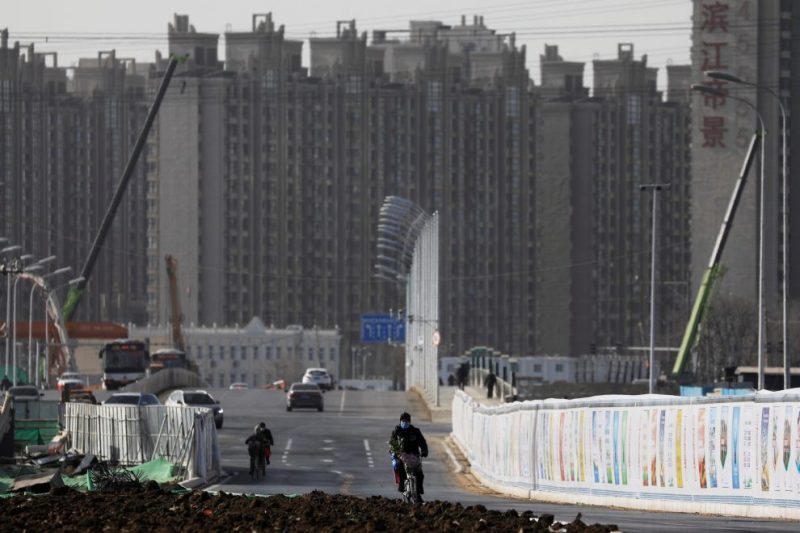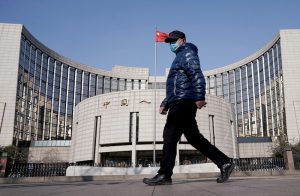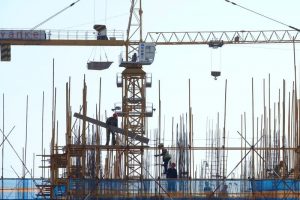Chinese officials have approved more than 123 billion yuan ($17.2 billion) in loans to help complete stalled housing projects.
And about a quarter of that sum – 29.4 billion yuan ($4.09bn) – has been issued under Beijing’s a recently announced scheme that seeks to inject funds into the crisis-hit property sector.
Under China’s “whitelist” mechanism launched on January 26, city governments recommend residential projects to banks suitable for financial support, and coordinate with financial institutions to meet project needs.
ALSO SEE: China’s Financial Watchdogs Vow to Maintain Strict Supervision
The mechanism is a key plank of Beijing’s efforts to stabilise the property sector’s debt crisis and boost confidence in an industry that accounts for a quarter of China’s GDP.
So far, 214 cities across the nation have set up the mechanism, recommending more than 5,300 projects to banks, according to statement from the Ministry of Housing and Urban-Rural Development on Tuesday evening.
$4bn issued for projects in 52 cities
Of that total, 29.4 billion yuan of loans have been issued for 162 projects in 52 cities, it added.
Banks that decline any loans to the “whitelist” projects must provide a reason explaining their decision to the financial regulators, the ministry said.
The Hang Seng Mainland Properties Index rose 4% by midday on Wednesday, versus a 3% gain in the broader market.
China aims to ramp up financing for residential projects but banks’ reluctance to lend to the sector could be a major obstacle for distressed developers most in need of funds.
Developers and analysts have said any such loans can only be used for ensuring the completion of selected projects, and cannot be used to repay debt or help regain financial strength.
Debate raging over Xi’s housing plans
Meanwhile, there is debate about the cost and wisdom of President Xi Jinping’s solution for China’s housing crisis, in which the government would buy up distressed private projects and convert them to homes that the state would rent out or, in some cases, sell, according to a report by the Wall Street Journal.
The second part of the plan would see the government building more subsidised homes for low- and middle-income families, as part of an overall goal “to increase the share of housing built by the state for low-cost rental or sale under restricted conditions to at least 30% of China’s housing stock, from 5% or so today.”
This “new model” for the housing sector, being drawn up by Vice Premier He Lifeng, is complex and could be expensive – it would allegedly cost $280 billion a year over five years, and analysts say local governments already have massive debts, while it’s not clear how much funding Beijing would provide. Economists say it could take years to achieve, the report said.
- Reuters with additional input by Jim Pollard
ALSO SEE:
China Chops Mortgage Benchmark Rate to Boost Property Market
Beijing Throws Lifelines to ‘Whitelisted’ Property Developments
China Moves to Lift Property Sector Amid Evergrande Crash Fears
Second Shadow Bank Rocked by China’s Property Crisis
China to Probe Troubled Shadow Bank Steeped In $64 Billion Debt
China Asks Banks to Roll Over $13tn Local Debt at Lower Rates
China’s Property Sector Will Remain Weak For Years: Goldman
Over 100 Chinese Cities Battling to Repay Their Debts: Rhodium
























